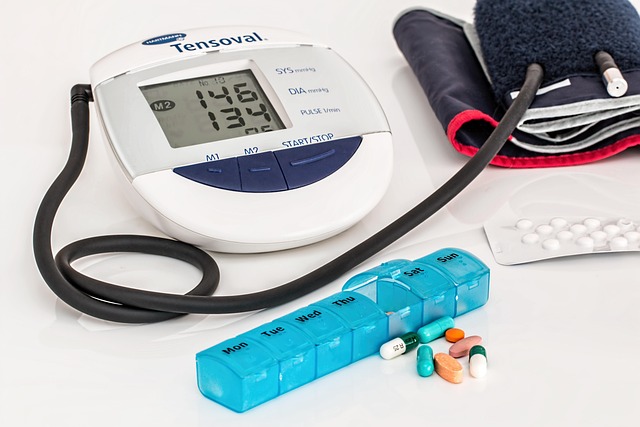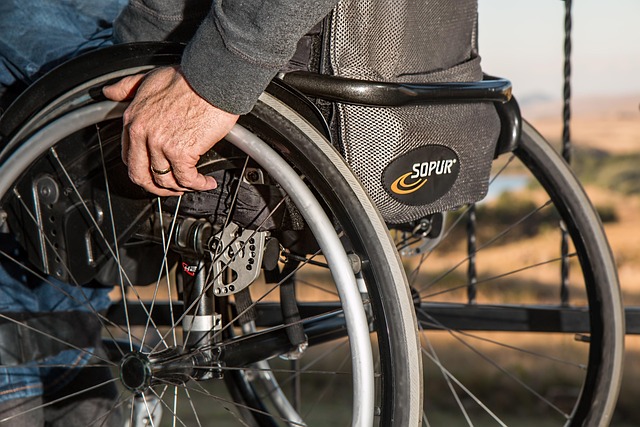Technological Innovations Driving Built-In Examination Sensors
In recent years, the intersection of technology and healthcare has paved the way for groundbreaking advancements, transforming how we monitor and maintain our health. Among these cutting-edge developments, built-in examination sensors have emerged as a pivotal innovation. These sensors, seamlessly integrated into everyday devices, provide continuous and non-invasive health monitoring that was once limited to clinical settings.
From smartwatches and fitness trackers to sophisticated home health devices, technological innovations have enabled sensors to become smaller, more accurate, and more accessible. The integration of sensors directly into consumer electronics means users can track vital signs such as heart rate, blood oxygen levels, and even blood pressure, without the need for bulky equipment or frequent doctor visits.
Health Innovations Transforming Personal Well-being
The rise of built-in examination sensors represents a significant leap forward in health innovations. These sensors empower individuals to take charge of their well-being by providing real-time feedback and early warnings for potential issues. This proactive approach to health monitoring encourages lifestyle adjustments before symptoms become severe, helping to reduce hospital admissions and improve quality of life.
Moreover, these innovations facilitate more personalized healthcare. Data collected from built-in sensors can be shared securely with healthcare professionals, enabling tailored treatment plans and better-informed decisions. This continuous stream of health data also aids in chronic disease management, offering new hope to patients with diabetes, cardiovascular conditions, and respiratory disorders.
As built-in examination sensors continue to evolve, they promise to further revolutionize the health tracking landscape. By weaving advanced sensor technology into the fabric of everyday life, these innovations not only enhance individual health management but also contribute to the broader goal of smarter, more connected healthcare systems worldwide.




